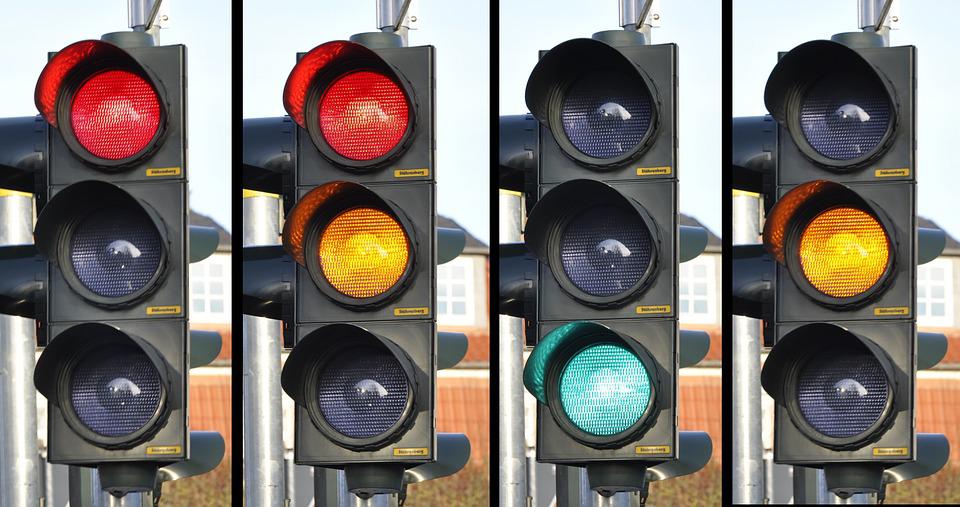You have obligations that you must be aware of whenever you go behind the steering of an automobile. With even more over 5.5 million registered motorists in the area of Washington, which has its unique set of traffic regulations, it’s imperative that everybody be aware of the regulations they must adhere to when driving. Five regulations that you must be mindful of while operating in the province are reviewed below.
You Have to Remain at the Accident Location.
You have obligations that are specified under Washington State Regulations when you are engaged in an automobile incident in the territory of Washington. Those regulations specifically oblige you to halt after an incident, find and/or inform the holder of the destroyed property, treat any wounded individuals, and stay at the site until these obligations are completed.
This might include reporting the collision to 9-1-1 as well as sharing personal data with the additional motorist, such as names, addresses, phone numbers, insurance details, and car information. This would be deemed a bump and run, commonly described as “leaving the scene,” which might resulted in a felony prosecution and other legal repercussions.
It Is Illegal To Drive While Sidetracked.
Washington has passed laws to discourage distracted motoring and reduce injuries, as several other states have done. According to CDC data, roughly eight people each year in the United States pass away in collisions that are said to be the result of a distracted motorist, and hundreds more are hurt.
The Washington Highway Safety Commission states that it is prohibited to have a smartphone on your palm while operating a motor vehicle, once at red signal, or when halted in traffic. When your smartphone has a hands-free feature, you’re stopped or not in the way of traffic, or you’re calling an emergency line, you may use it.
Vehicle insurance is mandated by law.
When you ride in the territory of Washington, then you really must have enough coverage in addition to protecting yourself. A minimum amount of bodily damage coverage, which protects any fatalities and associated losses that come from an incident that the policy holder causes, is required by state law for any automobile or motorbike operator, as stated by the Washington Government Bureau of Insurance Controller.
You should always keep your insurance documentation with you. Although it’s not advised, you can opt out of country’s insurance regulations through either 1. submitting a $60,000 certification of deposits (CD) mostly to its Department of Licensing or 2. establishing a $60,000 bank guarantee.
At certain times, you have to have your car lights available.
Motorists throughout the state are required to keep their headlamps on during at minimum 30 minutes following sundown and up to 30 mins before dawn, as stated by the WSDL. In fact, the legislation mandates the use of headlights whenever visibility of other cars or pedestrians is compromised, such as throughout gloomy or rainy weather.
You must also employ your strong signals, which give you double the visibility of headlamps, when there aren’t any incoming cars. On unknown routes, in construction zones, or wherever there might be pedestrians on the sideline of the roadway, it is crucial to utilize high lights. When you see an approaching car around 500 feet near you or you’re trailing an automobile around 300 feet, make sure you lower your headlights.
Child Safety Chairs or High Chairs Must Be Used for Young Children.
Maximizing your kid’s safety and guaranteeing that you’re in compliance with the state’s kid restraint rules may both be accomplished by making sure they are using the proper car chair or booster chair. According to CDC figures, using a car chair lowers the probability of damage in a collision for kids by 71–82% if compared to using a safety harness alone, and using a child seat lowers the probability of severe injury for kids between the ages of 4 and 8 around 45% when comparing to using a safety harness alone.
Every children below the range of 16 should have a seatbelt system installed in order to comply with the WSL Section 46.37.510 while being carried in an automobile. Drivers must also assure that all small children are secured in accordance with the law.
Final thoughts
We are aware from practice that some of the most cautious drivers who obey all traffic laws are nonetheless susceptible to injuries in collisions brought on by other careless, irresponsible, or hazardous drivers. Whenever you find yourself in this circumstance, kindly be informed that here are numerous Wrongful Death Attorney Seattle who will advocate for your compensation and take on the weight of the case for you during every stage.

